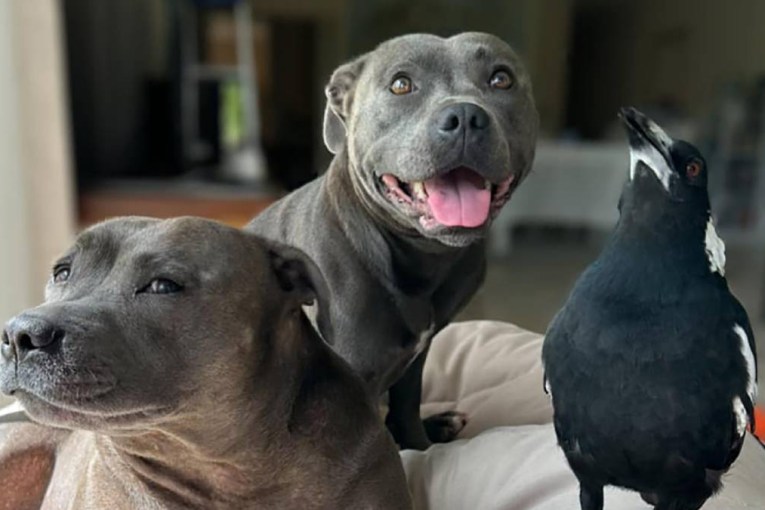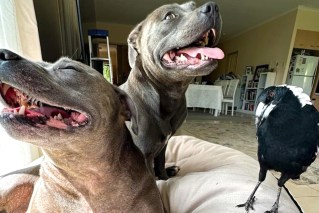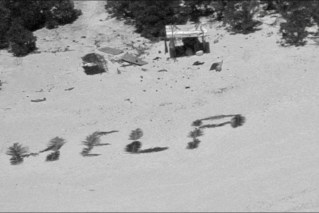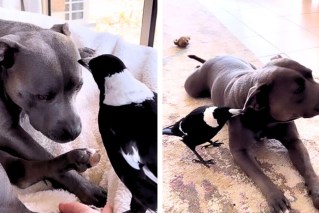Rare 100-million-year-old dino-bird unearthed in outback Queensland
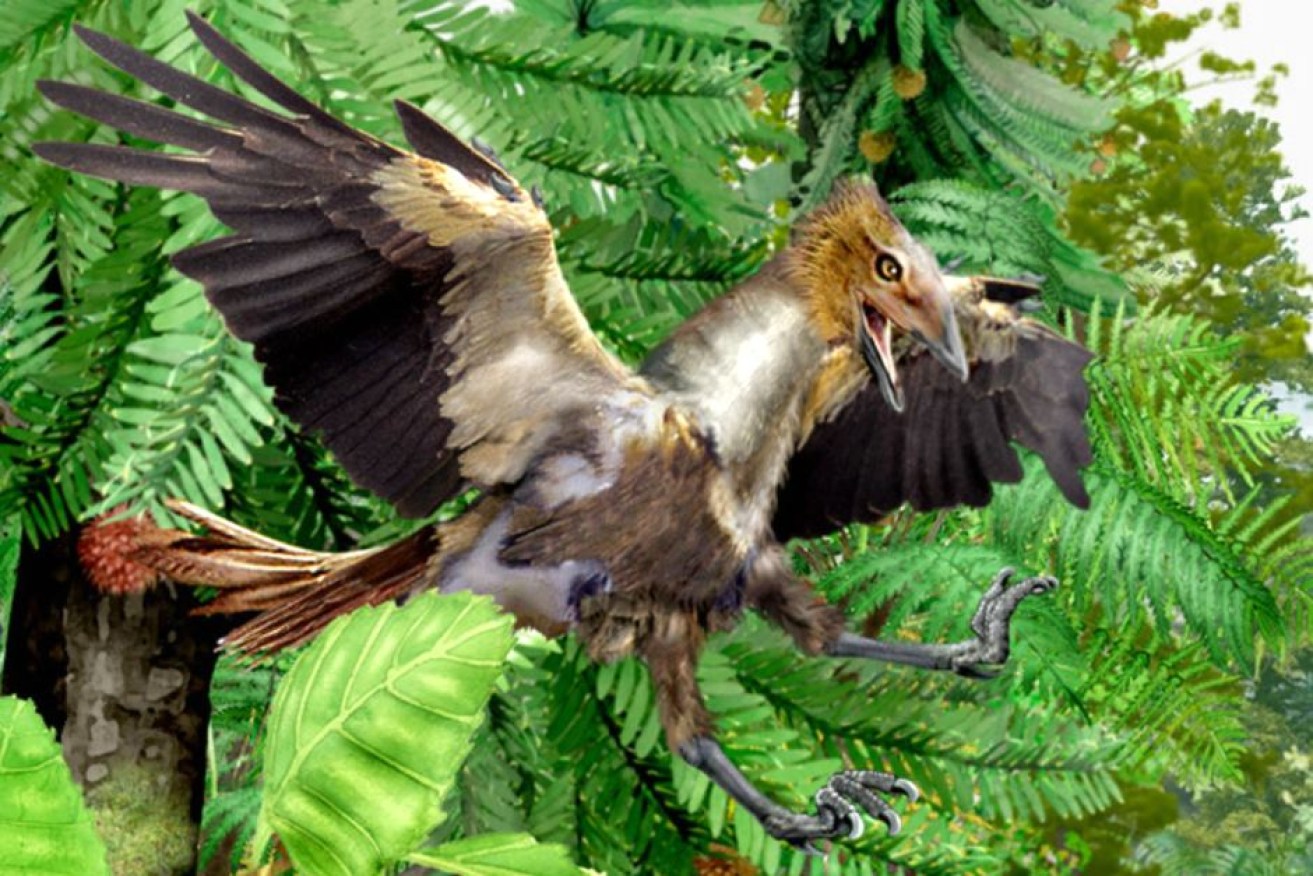
Palaeontologists have found what they believe is a Nanatius eos species in Richmond, north-west Queensland. Photo: ABC
In a dry outback quarry, 500 kilometres from Australia’s east coast, a volunteer has unearthed Richmond’s first dinosaur-bird, a species previously unseen in what was Australia’s inland sea.
Patrick Smith, curator of Richmond’s Kronosaurus Korner, said the discovery of the 100-million-year-old bones occurred in a free fossil site, 12 kilometres from town.
“It’s very, very rare to find dinosaurs out here – there’s only been about a handful known, so finding these dinosaur birds is amazing,” Dr Smith said.
“We haven’t had any of these sorts of primitive birds found in Richmond.
“There have had some found in Boulia but only about two or three bones, [and] what we’re getting out of the quarries is all sorts of bones from all parts of the body, so we suspect there are possibly complete skeletons here.”
Dinosaur-birds and the inland sea
Being the centre of Australia’s inland sea, Dr Smith said it was a shock to find the fossil birds in Richmond.
“This is the first indication that they’re actually here – previous to this we didn’t know they were in Richmond,” he said.

The palaeontologists had to wait until they discovered some larger bones, like the humerus pictured far left. Photo: Patrick Smith/ABC
“Because Richmond was at the centre of the inland sea during the cretaceous period, it’s really strange to find these bird-like fossils in the middle of a seaway.”
The bones are believed to represent a creature called Nanantius eos – a species Dr Smith said was close to a seagull.
“People would picture them having teeth in their mouth and little hands with claws on them a bit like a dinosaur … as well as limb bones that look like something you might pull off your bit of KFC,” he said.
“They would’ve been like a modern seagull, living on the coastline, feeding on fish that have washed up and occasionally going out to sea.”
Volunteers key to dinosaur discovery
While the discovery of a dinosaur is something many people would assume only palaeontologists could enjoy, it was a Townsville volunteer who unearthed the remains.
Mike D’Arcy, who nicknamed his discovery the ‘Richmond raptor’, started the project more than five years ago after he came across some fragmented bones he thought might be from a bird.
“The first half a dozen pieces I got, we couldn’t really assign what it was, and it wasn’t until we got that humerus that we could say it was definitely a bird,” he said.
When the bird species was confirmed, Mr D’Arcy said he was thrilled to be able to say he discovered a dinosaur.
“For me it’s the fun of the hunt – and it’s always good to find something new and something different and share it with others.”
Dr Smith said following the discovery, he was so excited to unearth any other potential dino-birds, he had begun recruiting local volunteers.
“I’m getting everybody’s help to see if we can find more,” he said.
“I’ve even pulled along my wife as a volunteer and she’s helping sort through this material to see if she can find like baby bird bones.”
The Nanantius eos is currently on display at Kronosaurus Korner.
-ABC
